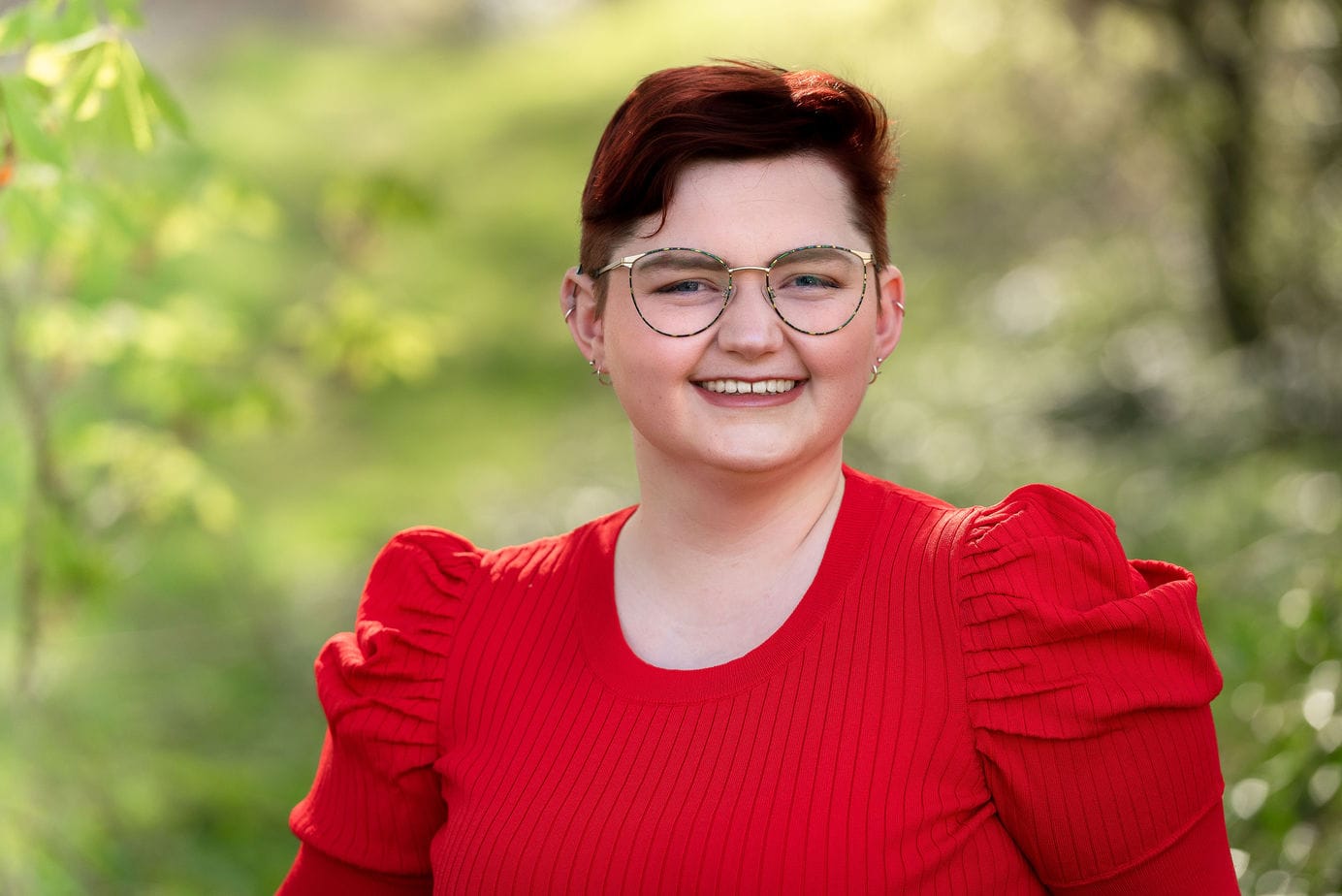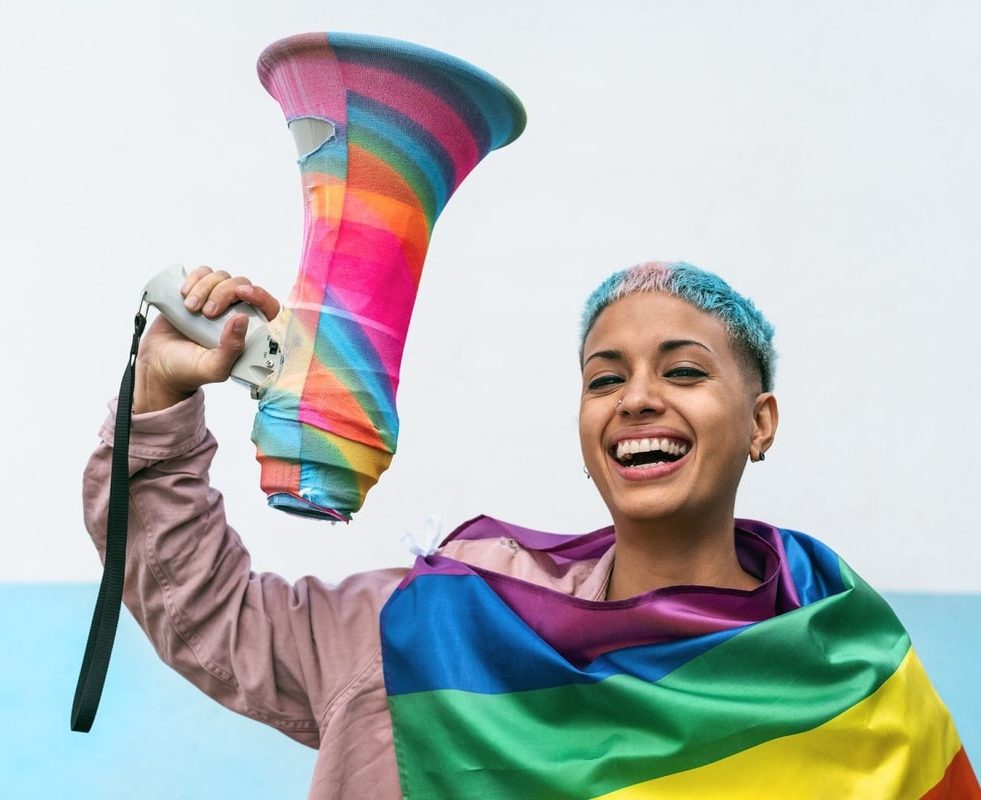Why Pronouns Are Important
Singular pronouns, in most languages, are closely tied to gender, as we will look at further down. For many people, including but not limited to transgender, gender-fluid, and non-binary people, this means that they might use different pronouns than those that were assigned to them at birth.
When the wrong pronoun is used to refer to a person, this is known as misgendering. It can be a triggering or difficult experience for a person, especially if they have experienced gender dysphoria or discrimination based on their gender identity in the past.
That’s why it’s important to always respect people’s pronouns when you find them out, and, if in doubt, simply use a gender-neutral they. You can share your own pronouns to help others feel more comfortable sharing theirs, and you can offer the option for someone to share their pronouns with you, but only if they feel comfortable to do so.
Don’t Make Assumptions
Remember that a person’s physical appearance or gender expression might not match what you think their pronouns should be. For example, a masculine-presenting person is no more likely to use he/him/his pronouns than anyone else. Never make assumptions about people’s pronouns and, when in doubt, ask!
Let’s look at different pronouns and their usage, to understand how they work in practice better.
He/Him/His
He/him/his is thought of as the masculine singular pronoun.
She/Her/Hers
She/her/hers is the feminine singular pronoun.
They/Them/Their
They/them/their in the singular are often used as gender-neutral pronouns. They are used widely when we don’t know the gender or identity of a person; for example, “someone new is starting at work today, they will be sitting over there.”
As noted above, they/them/their is also useful if you don’t know someone’s pronouns yet.
Combined Pronouns
Pronouns don’t need to be an either/or decision. Many people use combinations of pronouns, such as she/they, he/they, or he/she/they, or any variation on that. If that’s the case, use that person’s pronouns equally between their choices, rather than choosing one and sticking to it.
Neopronouns
Neopronouns refer to any set of singular third-person pronouns that are not officially recognised in the language they are used in. They are often created for the purpose of being a gender-neutral pronoun set, wanting to avoid confusion between singular and plural they, or to express something specific about their gender identity.
Examples date back to the 17th Century, when a and ou were both recorded by William H. Marshall as gender-neutral pronouns in two separate instances. Today, there are dozens of different forms of neopronouns, all created to better suit a person’s gender identity and expression.
Click here for a list of the more common neopronouns, plus access to a great neopronoun app for learning and practice!
How and When to Use Pronouns
You likely already use pronouns each and every day without much trouble. The important thing to remember is that you should always respect other people’s pronouns choices. Using the correct pronouns – that is, the ones you have been told to you by the person you are referring to – whenever you refer to them from then on should become completely commonplace to you.
If you do misgender someone, don’t make a huge deal out of it: simply apologise, correct your mistake, and move on. Often, it can be more uncomfortable for the misgendered person to take on your guilt or discomfort, so don’t put that on them.
Disclosing Pronouns
If you feel comfortable, disclosing your pronouns publicly is a great way to break down some of the barriers many societies still have around pronouns. The more openly we declare our pronouns, the less likely it is for people to be misgendered. It also means that, as we normalise disclosing pronouns, people from marginalised genders are less likely to receive discrimination for doing the same.
Of course, there’s no pressure to disclose your pronouns before you feel comfortable, but if you feel like you want to, add them to your social media profiles, email sign-offs, verbal introductions, and any other times you introduce yourself. The more, the merrier!

Rachael Davies (she/her) is a lifestyle and travel writer based in Edinburgh.

